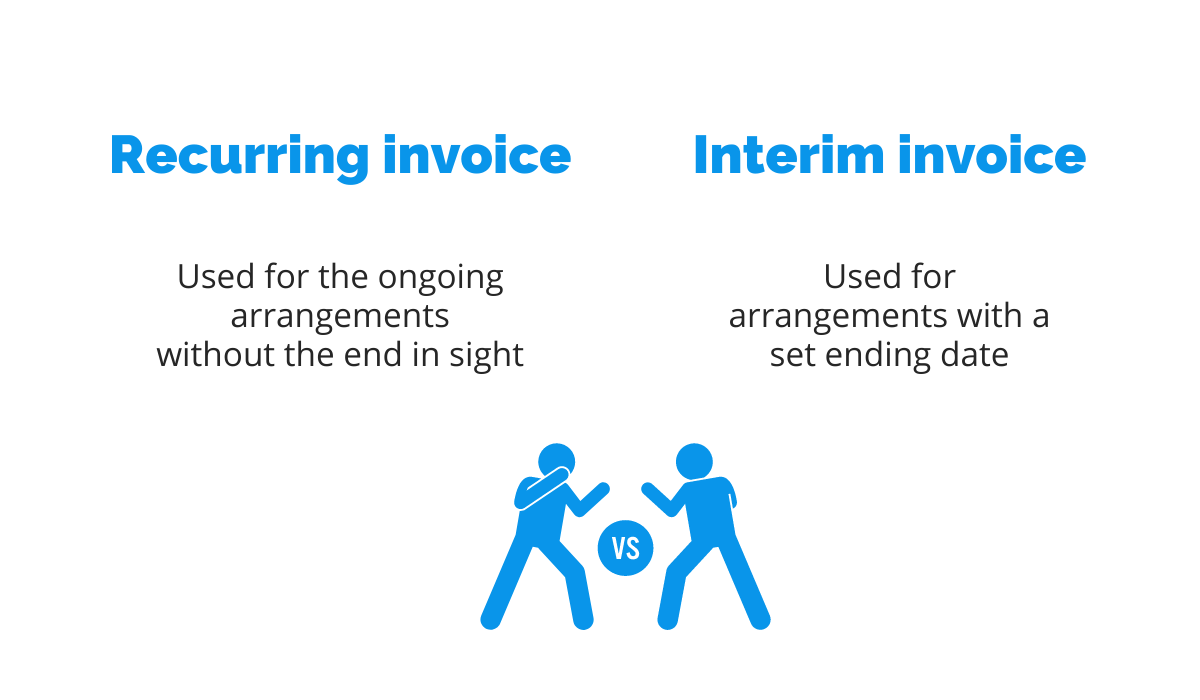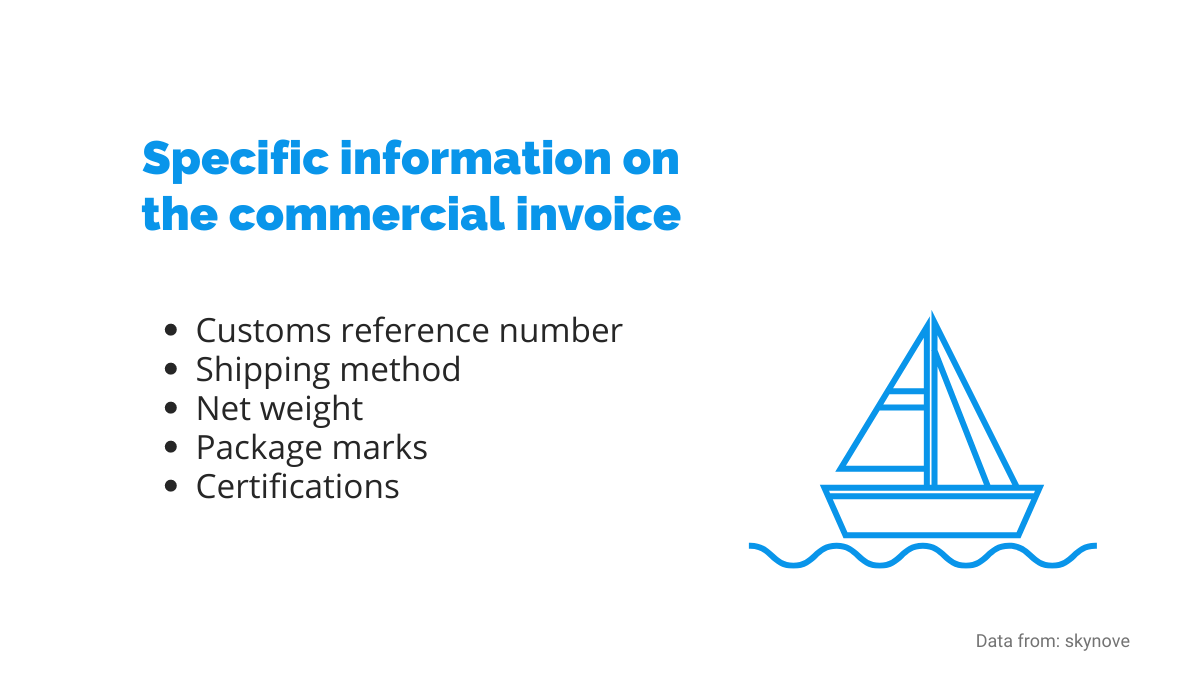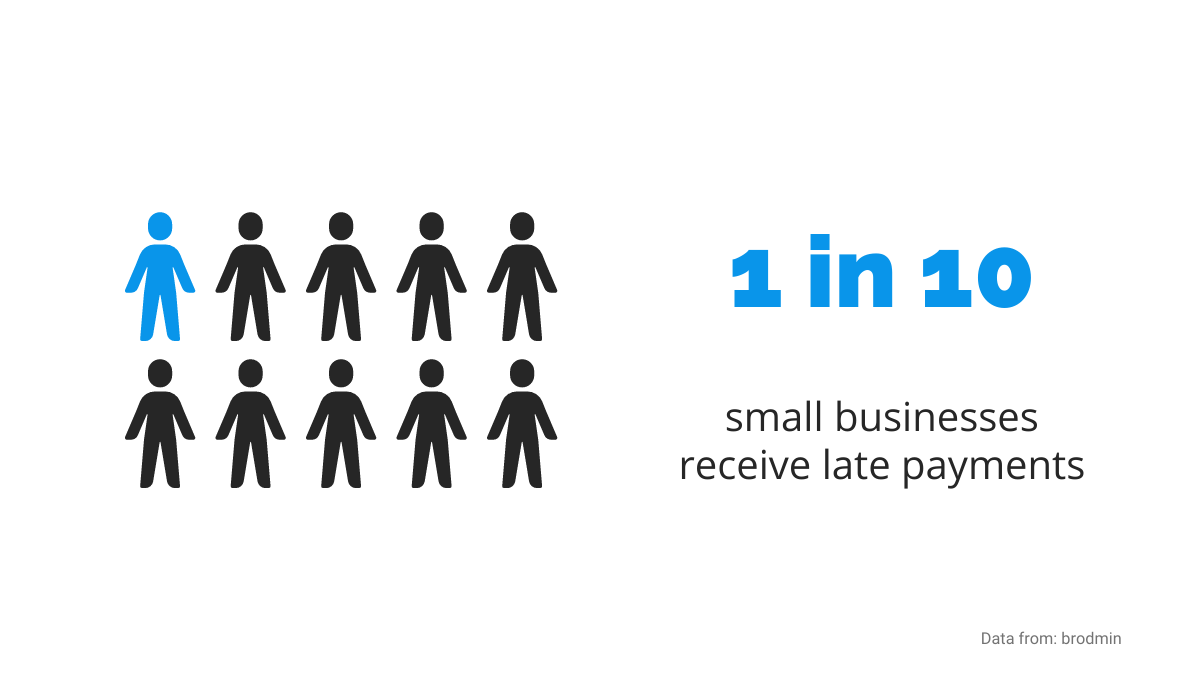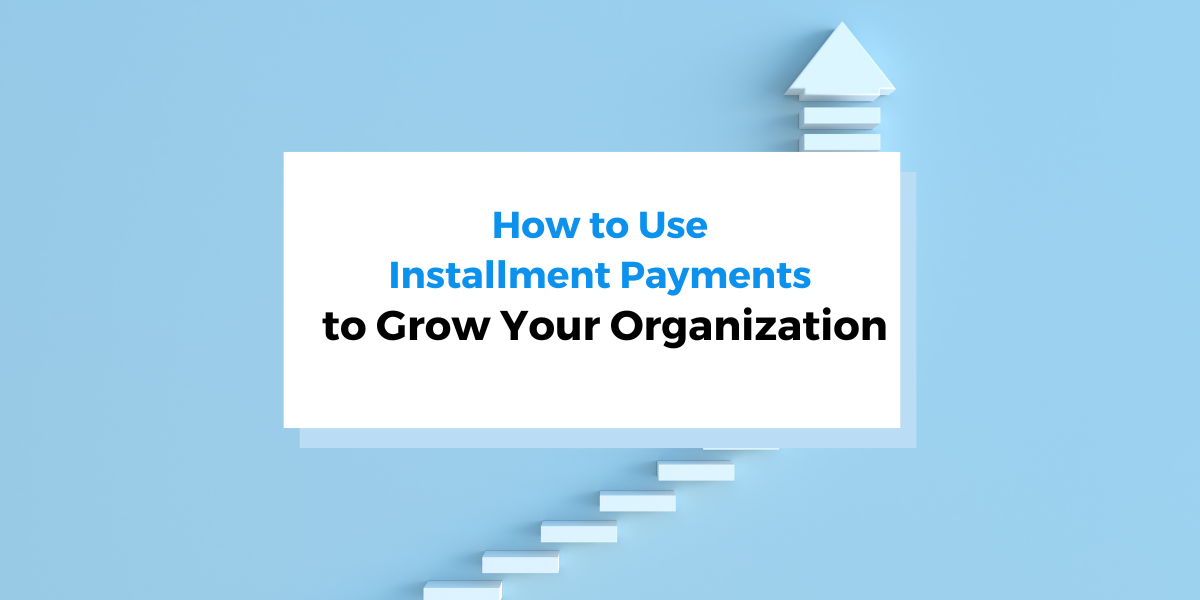Invoices are a fundamental part of any business transaction, serving as official requests for payment for goods or services provided. Understanding the different types of invoices is crucial for efficient financial management and maintaining healthy cash flow.
Invoices are more than just bills; they are essential documents that facilitate smooth financial transactions between businesses and their clients. They help track sales, manage cash flow, and ensure timely payments.
Different types of invoices cater to various business needs, from standard transactions to complex international trades. This blog will help you learn about the types of invoices, their unique features, when to use them, and which one is right for your business.
Whether you are a small business owner, a service provider, or involved in international trade, mastering the art of invoicing is a crucial step toward financial success.
16 Different Types of Invoices For Your Business
1. Standard Invoice
A standard invoice, also known as a regular invoice, is the most common type of invoice used by businesses.
It includes essential details such as:
- Business’s name and contact information
- Client’s name and contact information
- Invoice number
- Invoice date
- Description of the goods or services provided
- Total amount due
- Payment terms
This type of invoice is versatile and can be used across various industries and billing cycles.
Example: A graphic designer completes a logo design for a client and sends a standard invoice for the service provided.
2. Proforma Invoice
Whether you bake cookies, manage social media accounts or change truck tires, your customers will likely want to know how much your service costs. That’s where the pro forma invoice comes in.
A proforma invoice is a preliminary bill of sale sent to buyers before the delivery of goods or services. It outlines the estimated costs and terms of the transaction but is not a demand for payment.
Proforma invoices are often used in international trade to declare the value of goods for customs purposes.
Example: A manufacturer sends a proforma invoice to a buyer detailing the cost of custom machinery before production begins.
3. Interim Invoice
Interim invoices are used for large projects that require partial invoice payments at different stages of completion.
This type of invoice helps maintain cash flow during long-term projects by allowing businesses to bill clients incrementally rather than waiting until the project is fully completed.
If you know when you’ll get paid, it’s easier to plan and cover your expenses.
Example: A construction company bills a client monthly for ongoing work on a building project.
4. Final Invoice
A final invoice is issued at the end of a project or after the delivery of goods or services.
It includes all the details of the work completed and the total amount due, minus any interim payments already made. This invoice signifies the conclusion of the business transaction.
Example: A marketing agency sends a final invoice after completing a six-month campaign for a client.
5. Recurring Invoice
Recurring invoices are used for ongoing services or subscriptions that require regular billing, such as monthly software subscriptions or utility services.
That type of invoice usually contains the same information about the product or service, and the same amount of money required, and it’s sent on a regular basis. Because of that, you can simplify recurring invoicing by using automated billing software.
For example, with Regpack, you can create, personalize, manage and schedule recurring invoices for your customers. You can also receive notifications if the payment is late, and schedule reminder emails to follow up.

Source: Regpack
6. Credit Invoice (Credit Memo)
A credit invoice, also known as a credit memo or credit note, is issued when a business needs to provide a refund, discount, or correct a previous invoicing error.
It always includes a negative total amount, indicating a reduction in the amount owed by the client.
Example: A retailer issues a credit invoice to a customer who returned a defective product.
7. Debit Invoice (Debit Memo)
A debit invoice or debit note, is used to increase the amount a client owes to the business.
This type of invoice is issued when additional charges need to be added to an existing bill, such as extra hours worked or additional services provided. It is essentially a modification of the previously issued invoice.
Example: A consultant adds additional hours worked to a previous invoice and sends a debit invoice.
8. Mixed Invoice
Mixed invoices combine both credit and debit charges on a single invoice. The total amount can be either positive or negative, depending on the net balance of the credits and debits.
This type of invoice is useful for businesses that need to adjust multiple charges in one document.
Example: A service provider adjusts a client’s bill by adding extra charges and providing a discount on another service.
9. Commercial Invoice
Commercial invoices are used in international trade to provide detailed information about the goods being shipped, including their value, quantity, and destination.
This invoice is essential for customs clearance and calculating import duties and taxes.
Unique specifications of commercial invoices:
- Customs reference number
- Shipping method
- Net weight
- Package marks
- Certifications

Example: An exporter sends a commercial invoice to a foreign buyer detailing the shipment contents and value for customs clearance.
10. Timesheet Invoice
Timesheet invoices are used by businesses that bill clients based on the number of hours worked.
This type of invoice includes a detailed breakdown of the hours spent on specific tasks or projects, along with the hourly rate and total amount due.
Example: A freelance writer bills a client based on the number of hours spent writing articles.
11. Retainer Invoice
A retainer invoice is issued to secure future services by requesting an upfront payment.
This type of invoice is commonly used in legal and consulting services, where clients pay a retainer fee to ensure the availability of the service provider.
Example: A law firm bills a client a retainer fee to secure legal services for future use.
12. Progress Invoice
Progress invoices are similar to interim invoices but are specifically used in construction and long-term projects.
They bill clients for work completed at different stages of the project, helping to manage cash flow and ensure timely payments.
Example: An architect bills a client at different stages of a building design project.
13. Electronic Invoice (E-Invoice)
Electronic invoices, or e-invoices, are digital versions of traditional invoices. They are sent and received electronically, streamlining the invoicing process and reducing the need for paper documents.
Electronic invoicing is becoming increasingly popular due to its efficiency and environmental benefits.
Example: An online retailer sends a digital invoice to a customer via email.
14. Past-Due Invoice
A past-due invoice or is issued to remind clients of overdue payments or unpaid invoices past the due date. It often includes additional charges or late fees to encourage prompt payment.
This type of invoice helps businesses manage outstanding receivables and maintain cash flow.

Source: Regpack
Example: A utility company sends a past-due invoice to a customer who missed the payment deadline.
15. Consolidated Invoice
Consolidated invoices combine multiple smaller invoices into one comprehensive document.
This type of invoice is useful for businesses that provide multiple services or products to the same client, reducing the administrative burden of managing multiple invoices.
Example: A marketing agency combines multiple smaller invoices for different services into one comprehensive invoice for a client.
16. Expense Report
An expense report is a type of invoice used by employees to report reimbursable expenses incurred during business activities.
It includes details of the expenses, such as travel, meals, and accommodation, along with receipts and the total amount to be reimbursed.
Example: An employee submits an expense report for travel and accommodation costs incurred during a business trip.
How to Choose the Best Invoice Method for Your Business
Selecting the right invoice method is important for maintaining a healthy cash flow. The choice depends on various factors, including the nature of your business, the industry you operate in, and your specific invoicing needs. Here are some key considerations to help you choose the best invoice method for your business.
- Identify Your Business Needs: Assess your operations to determine what you need from your invoicing system. Consider whether you need to track time, bill customers hourly, or include project management features.
- Consider Your Budget: Weigh the cost of the invoicing method against the benefits it offers. Start with a free or low-cost solution if you are a new business, and consider more comprehensive systems as your business grows.
- Industry-Specific Requirements: Choose an invoicing method that aligns with your industry needs.
- Evaluate Software Features: Look for invoicing methods that offer the features you need, such as integration with accounting software, customization options, and automation capabilities.
Conclusion
By choosing the right invoice type for each situation, businesses can ensure timely payments, maintain healthy cash flow, and build strong relationships with their clients.
Remember, with Regpack, you can create, personalize, manage, and schedule invoices for your customers. You can also receive notifications if the payment is late, and schedule reminder emails to follow up.


















